8 Questions for Michael Goldenberg, Financial Planner, Superhero, Bjork Fan
Permanent link
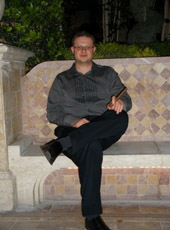
Michael Goldenberg, citizen of the Jewish World
In his 31 years, Michael Goldenberg has lived in three very different places. Born in Nizhnii Novgorod (then Gorkii), Russia, Goldenberg moved to Israel at the age of 13, and then came to Chicago in 2002 to earn his MBA from Loyola University. Now a financial planner at MB Bank, Goldenberg has also devoted time to engaging other Russian-speaking Jews in community initiatives.
So whether you’ve served in elite Israeli army divisions, love Russian American literature or crunch numbers for a living, Michael Goldenberg is a Jew You Should Know!
1. What did you want to be when you grew up?
A superhero: I always thought it would be fun to jump around, fly and save people.
2. What do you love about what you do today?
As a financial planner, I meet a lot of different people and see a variety of situations. I actually did become a superhero of a sort – I help people in different situations.
3. What are you reading?
I’m part of the Russian Jewish American book club. The most recent book was Anya Ulinich’s
Petropolis
, which showed me the reality of Russia in a way that I didn’t understand it as a child when I left it at 13. It made me appreciate the fact that my parents emigrated from Russia and provided me with the opportunity to grow up in the Western world.
4. What is your favorite place to eat in Chicago?
I love Flat Top Grill, a make-your-own-stir-fry place. I get to make my own choices about ingredients and invent new combinations. It’s a bit about exploring life.
5. If money and logistics played no part, what would you invent?
That’s a hard one. I’m quite satisfied with the world the way it is. But if I really had to, I would invent a real all-in-one workout machine that would also let you play actual video games. Not like WiiFit, but one where you actually exert yourself.
6. Would you rather have the ability to fly or to be invisible?
I never really wanted to fly; I just wanted to have powers to jump really high. I definitely never wanted to be invisible – that’s somewhat depressing because it’s total solitude. If no one can see you, no one can communicate with you.
7. If I scrolled through your iPod what guilty pleasure would I find?
The strangest thing that I wouldn’t expect myself to listen to is Bjork. It’s a weird sound, but I like her music.
8. What’s your favorite Jewish thing to do in Chicago? In other words, how do you Jew?
I like doing all kinds of Jewish things with my friends: Hillel parties, Shabbat dinners; most recently a Purim in October party a friend hosted on Halloween night. And I like the Israeli Film Festival – I’ve attended every single year since I came to the States and will definitely check out the movies from this year.


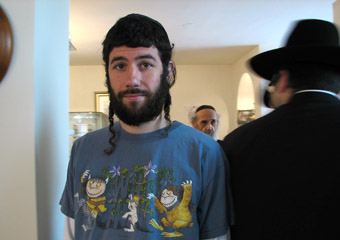
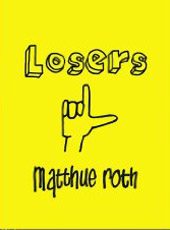
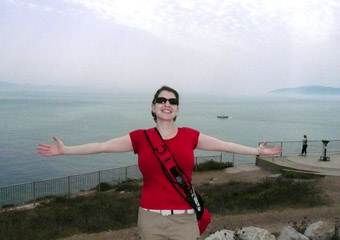

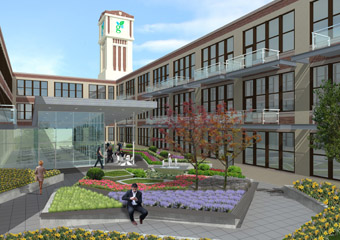

.jpg)



